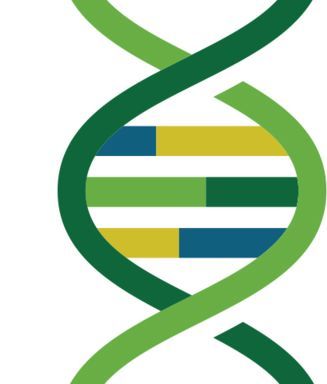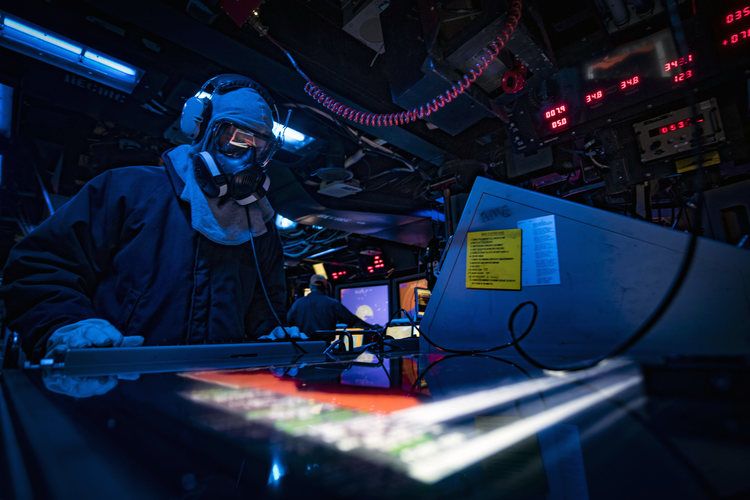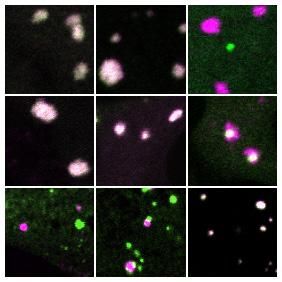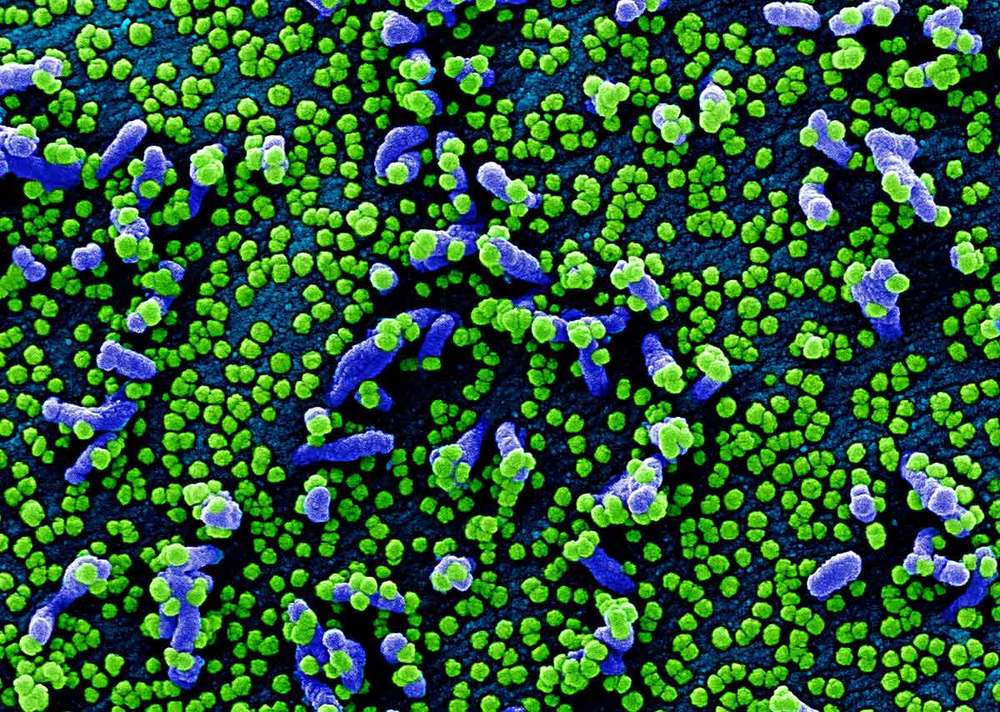Apr 18, 2020
COVID-19 — Natural Antivirals and Immune Boosters
Posted by Lilia Lens-Pechakova in categories: biotech/medical, health
Natural antiviral and immune boosters (elderberry, curcumin, echinacea, quercetin etc), a new practical guide by Forever Healthy Foundation: “… We identified 50 natural substances and mixtures recommended for preventing infection with SARS-CoV-2 or lessening the severity of symptoms of COVID-19. As there hasn’t been enough time for the scientific community to conduct clinical trials on the effects of any of the compounds on SARS-CoV-2, we chose to recommend substances with established safety that have shown strong antiviral/immunomodulatory effects in previously conducted clinical trials or clinical practice.
This resulted in a final recommendation for 8 natural compounds, 4 that have shown activity against other coronaviruses and that have strong immunomodulatory effects (see Recommended Based on Scientific Literature) along with 4 further compounds that have traditionally been used for prevention/treatment of viral infections with a long record of efficacy and safety (see Recommended Based on Clinical Practice).
Additionally, we found there is some supporting evidence for 23 more substances, discussed in the Potentially Useful section…” https://brain.forever-healthy.org/plugins/servlet/mobile?con…/101057620
This Practical Guide is part of Forever Healthy’s “Maximizing Health” initiative that s eeks to holistically review the world’s leading medical knowledge on various health-related topics and turn it into actionable information.
Continue reading “COVID-19 — Natural Antivirals and Immune Boosters” »
















